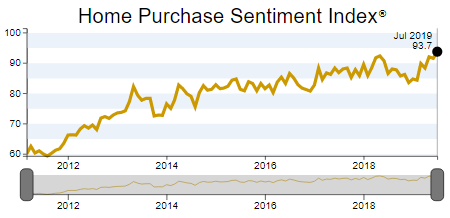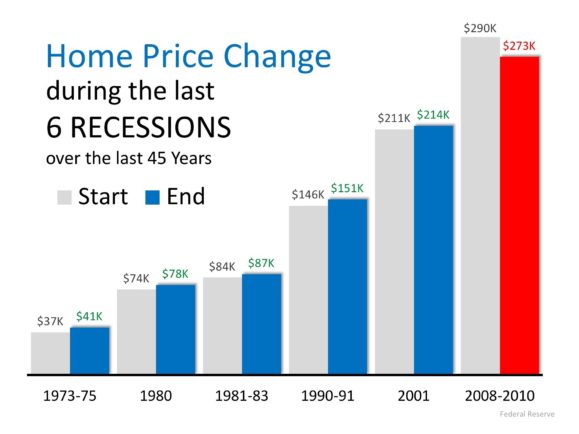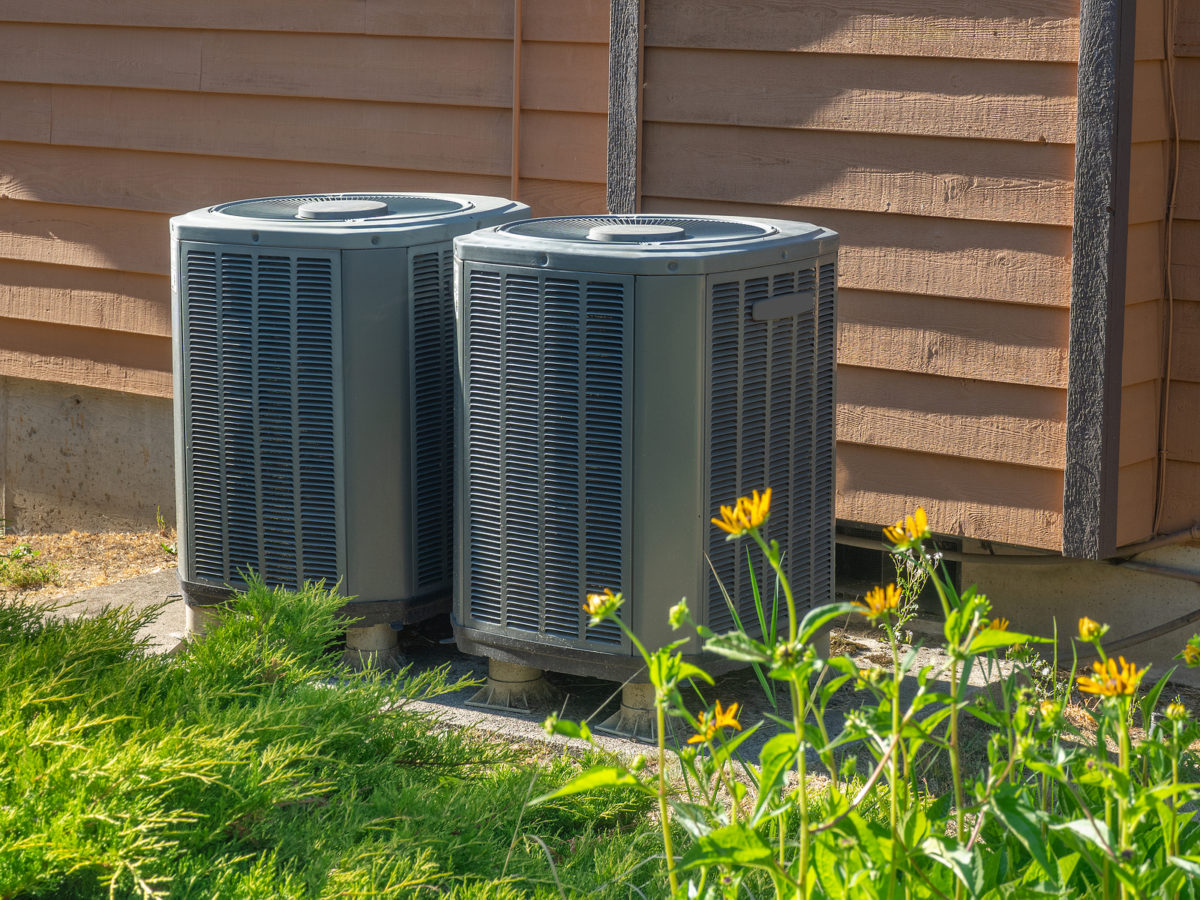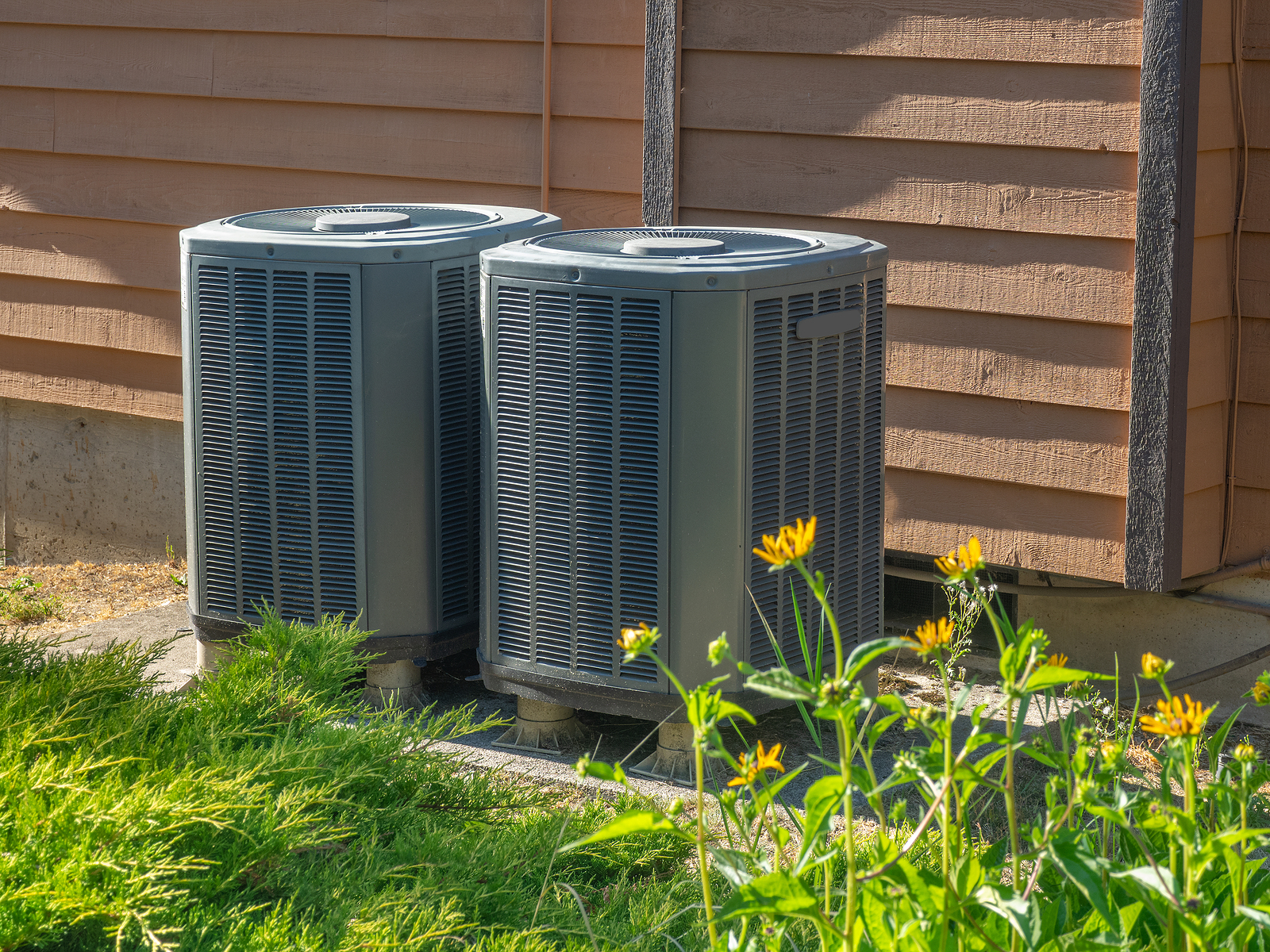Keeping your nose to the grindstone, using credit wisely and responsibly and paying your bills on time every month have their rewards, no matter how much or how little money you make.
One reward is how much easier it is to realize your piece of the American Dream – the opportunity to purchase your own home. A bonus for the low-income earner is a government-backed loan with no down payment.
The United States Department of Agriculture (USDA) Rural Development Single Family Housing programs may just be the best option for low-income folks with good credit and a steady job to buy a house.
Two types of loans for homebuyers
The two most popular USDA home loan programs are the Homeownership Direct Loan Program and the Guaranteed Loan.
Both of these programs aim to help low-to-moderate-income people purchase homes in rural areas. Both have no down payment requirement.
The key differences between the direct loan and the guaranteed loan are as follows:
- Direct loans are intended for low and very-low income purchasers that have been unable to obtain a conventional or FHA loan. Guaranteed loans are intended for those with moderate incomes.
- Income levels for guaranteed loan borrowers are capped at 115 percent of the area’s median income, while those for direct loan borrowers are capped at 80 percent.
- The guaranteed loan is made by a conventional lender but guaranteed by the government. The U.S. government acts as the lender for the direct loan
- Direct loan applicants with inadequate incomes may use a co-signer. This is not possible with the guaranteed loan.
Guaranteed Loan Benefits
Remember, the guaranteed loan is for the moderate-income borrower. It is much like the FHA loan in that the government gives the lender a guarantee of repayment in the event the borrower defaults on the loan.
The biggest difference between the USDA loans and FHA is that USDA requires no down payment. Here are some basic benefits of the guaranteed loan:
- No down payment required and 100 percent financing available.
- Certain repairs and closing costs may be rolled into the loan up to the appraised value of the home.
- The upfront guarantee fee may be rolled into the loan amount above the appraised value.
- The loan can be used to purchase existing or newly constructed homes and planned unit developments. Some condos are eligible.
- Interest rates are fixed and the loan has no prepayment penalties.
- Non-traditional credit histories may be considered.
- Down payment assistance programs, seller concessions, gifts and grants from city and county housing development programs may be considered.
Direct Loan Benefits
This is the loan for you if you are low income but have decent credit and a steady job. You will borrow for the home directly from the U.S. government. Here are just a handful of the benefits of the USDA Direct Loan program:
- No down payment required.
- Payment assistance is available that may reduce the monthly payment.
- Some closing costs may be included in the loan.
- No private mortgage insurance required.
Eligibility
To use either loan, the borrower must be purchasing a home in a rural area. The USDA defines “rural” as any town with a population of “25,000 or less that is not adjacent to a large city or that is not part of a continuous urban area.”
The home must be “modest” in size. The average USDA home is 1,200 square feet. Homes with swimming pools are ineligible. The loan cannot be used to purchase income producing property, furniture or other personal property, an existing manufactured home or for a home with non-essential buildings and land.
To determine if a particular property is eligible, visit the USDA Rural Development Property Eligibility website.
For a borrower to be eligible for the USDA Guaranteed or Direct Loan program you must:
- Be a U.S. citizen or be admitted as a permanent resident.
- Be unable to secure a comparable loan without a government guarantee.
- Not currently own a home within commute distance of the home you are buying.
- Have a dependable income.
- Have a credit history that proves you meet your financial obligations on time.
- Occupy the home as your primary residence.
- Direct loan applicants must prove that they do not currently own safe and sanitary housing.
- Direct loan applicants must be very low income (income that is between 50 and 80 percent of the area’s AMI). Guaranteed loan applicants must be moderate income, making 80 to 115 percent of AMI.
An easy way to determine your income eligibility is by visiting the USDA Single Family Housing Income Eligibility website.





















